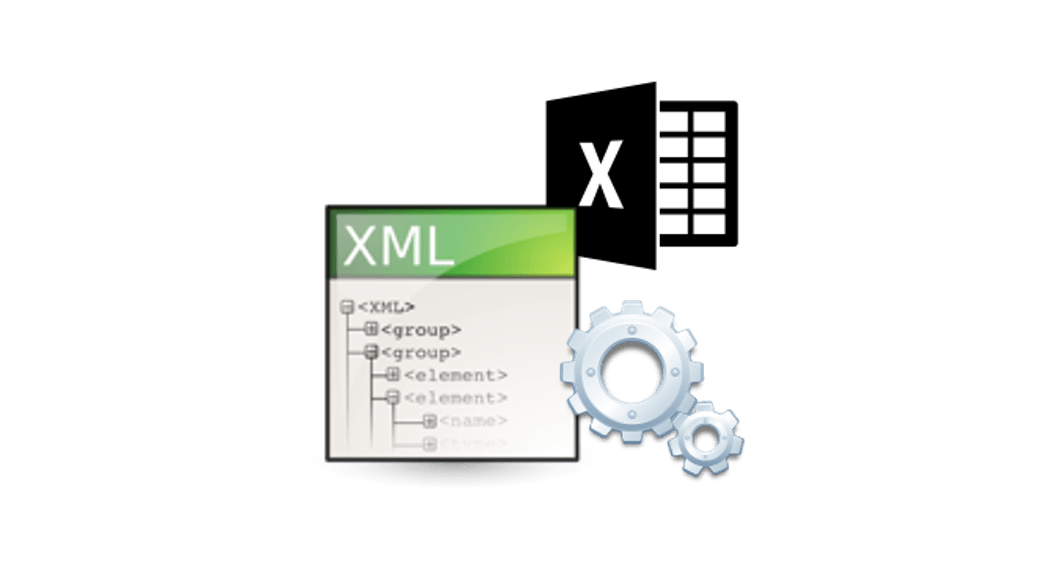XML files are one of the most common type of data files apart from text and CSV (comma-separated values) files. Reading data files which are not hierarchical (as XML files or JSON) is relatively easy. You can read in the data row by row and process columns separately. With XML (and JSON) the task is […]
Word
VBA Dictionary – Using the VBA Dictionary. Key Value pairs
Visual Basic for Applications (VBA) facilitates many useful data structures – its not just VBA Arrays you can use. COM libraries provide additional data structures such as the VBA Dictionary, ArrayList, Queue, Stack or SortedList. But before we jump into explaining how these more complex data structures work and how to use them, let’s start […]
Saving your VBA data (VBA data dump)
Sometimes VBA algorithms take a long time to execute and you would want to be able to maintain those calculations in memory when you close and reopen you Excel Workbook or Access Database. Why not save your VBA project data and recover it when reopening your VBA project? Actually you can do just that… Saving […]
Writing files in VBA (txt, xml, csv, binary)
Continuing on the topic of working with files using VBA. Text/binary files are common ways of storing data as opposed to databases or regular Excel files. Other VBA File resources VBA File Functions VBA Reading Files VBA Writing Files Traversing Directories VBA Working with XML files VBA Downloading files VBA Versioning files VBA Merging CSV […]
VBA Read file in Excel (txt, xml, csv, binary)
You can VBA Read file binary or text data using a couple of different approaches in Excel. VBA provides you a set of native statements like Open to open and ready files. However in this article aside from showing you these native approaches to reading files using Excel Macros you can read CSV files and […]





